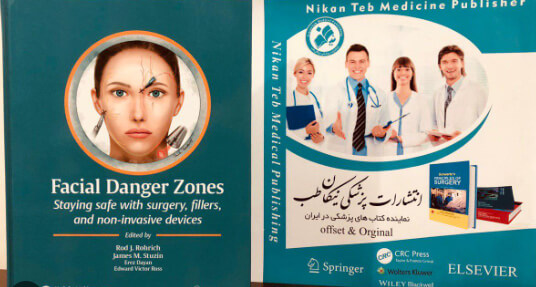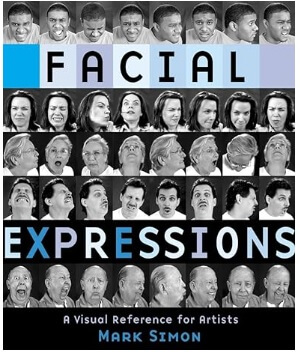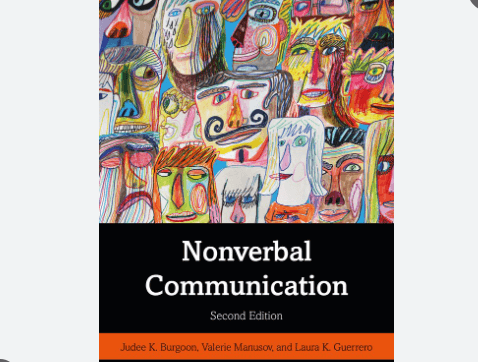Lewin's Three Step Model of Change Management

- File photo | Credit BMCOpens in new window
Kurt Lewin (1958), considered the “father of change processes” proposed a planned model of change, in which he identified three phases in initiating and establishing any change—unfreezing, moving, and refreezing.
Lewin argued that in many cases change was very short-lived and after a period of time group-behavior reverted back to its previous pattern. The idea of the three-step model is that change is regarded as permanent. Kurt Lewin suggested that successful change in organizations should follow these three steps:
- Unfreezing the present level
- Moving to the new level
- Refreezing the new level.
The three-step model recognizes that in order for new behavior to be accepted old behavior must be discarded. The first two steps roughly relate to action research and the refreezing can be seen as a logical extension to action research. Refreezing relates to the need to stabilize the organization following a period of change.
Schein (1987) explains this model as follows. The first stage focuses on changing the behavior of people by unfreezing the existing situation or status quo.
Unfreezing of the status quo, which is considered the equilibrium state, is necessary to generate awareness of the need for change and to motivate people in order to prepare them for the change. The objective here is to add new forces to direct behavior away from the status quo and remove some of the restraining forces that perpetuate the current behavior.
The second stage involves changing what needs to be changed. A concise view of the new state is needed to achieve this, thus clearly distinguishing the gap between the current state and the new state. The actions that can assist in making the change include identifying with a new role model or mentor, and scanning the environment for new relevant information.
Finally, the third stage deals with sustaining the change after it has been implemented. For the new behaviors to become embedded in the organization a new concept of self and identity has to be developed and new interpersonal relationships need to be established.
According to Lewin’s theory, driving forces help to initiate and push the change in the desired direction, while restraining forces work to constrain or reduce the driving forces or direct them in the opposite direction. Change does not occur when these two forces are in equilibrium. In order to shift the equilibrium toward the direction of the planned change, the driving forces must either be increased or constraining forces removed. By diagnosing the change situation in terms of driving and restraining forces, a basis can be reached for developing action plans to implement the desired change (Hayes, 2002).
Not surprisingly, Lewin’s highly influential model continues ‘to be a generic recipe for organizational development’ (Weick and Quinn, 1999, p.363), and it has been reformulated and recast in many forms (McWhinney, 1992). For example, the eight-phase model of Cummings and Huse (1989) and the four-phase model of Bullock and Batten (1985) are attempts to extend Lewin’s model to enhance its practical application.
























